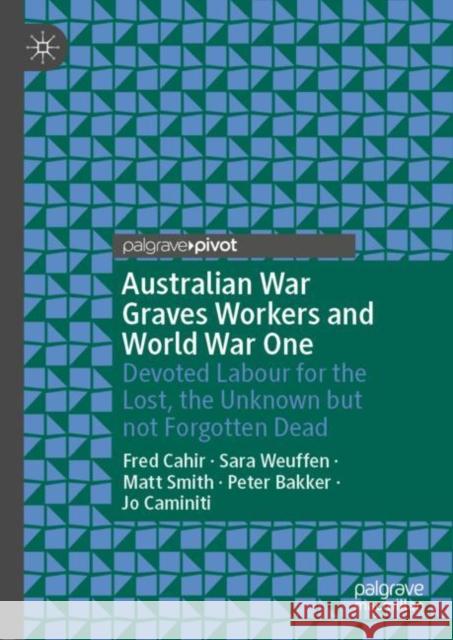Australian War Graves Workers and World War One: Devoted Labour for the Lost, the Unknown But Not Forgotten Dead » książka
topmenu
Australian War Graves Workers and World War One: Devoted Labour for the Lost, the Unknown But Not Forgotten Dead
ISBN-13: 9789811508486 / Angielski / Twarda / 2019 / 143 str.
Australian War Graves Workers and World War One: Devoted Labour for the Lost, the Unknown But Not Forgotten Dead
ISBN-13: 9789811508486 / Angielski / Twarda / 2019 / 143 str.
cena 221,90
(netto: 211,33 VAT: 5%)
Najniższa cena z 30 dni: 212,02
(netto: 211,33 VAT: 5%)
Najniższa cena z 30 dni: 212,02
Termin realizacji zamówienia:
ok. 22 dni roboczych
Bez gwarancji dostawy przed świętami
ok. 22 dni roboczych
Bez gwarancji dostawy przed świętami
Darmowa dostawa!
Kategorie BISAC:
Wydawca:
Palgrave Pivot
Język:
Angielski
ISBN-13:
9789811508486
Rok wydania:
2019
Dostępne języki:
Ilość stron:
143
Waga:
0.42 kg
Wymiary:
21.01 x 14.81 x 1.6
Oprawa:
Twarda
Dodatkowe informacje:
Wydanie ilustrowane











